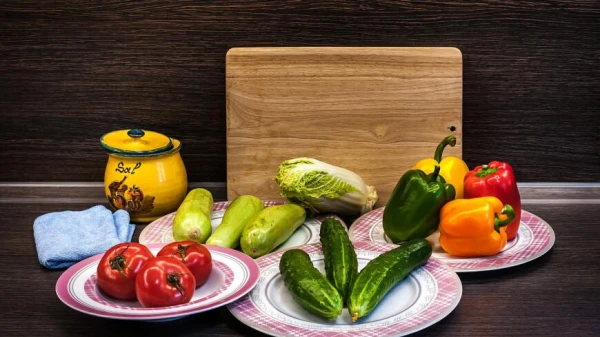
We know that the greatest benefits come from vegetables and fruits that have not undergone prolonged storage and thermal processing. During heating, many vitamins, especially vitamin C, are destroyed. However, there are fruits and vegetables whose beneficial properties are enhanced by heating. They positively impact our bodies, especially digestive processes.
Which products are better consumed in stewed, boiled, or baked form (frying generally has a negative impact on product quality, increasing its calorie content, and the oil used for frying can release carcinogenic substances)? Specialists explain this.
Tomatoes
This popular vegetable product for salads contains a large amount of the antioxidant lycopene. This substance has anti-cancer properties, lowers the level of 'bad' low-density cholesterol in the blood, and helps women alleviate menopause symptoms. “Tomatoes are especially beneficial for the elderly, as a lack of lycopene increases the risk of age-related degeneration of the retina,” warns Svetlana Pavlichenko, a cardiologist and candidate of medical sciences. “The beneficial properties of lycopene are activated during cooking. The highest amount of lycopene is found in tomato sauce, stewed, and baked tomatoes in various dishes.”
Apples
This fruit is very beneficial for the health of our gastrointestinal tract. It helps improve intestinal function due to its high pectin content—a jelly-like substance that acts like fiber and cleanses the gastrointestinal tract. “When our gastrointestinal tract functions well, it leads to lower cholesterol levels, improved lipid metabolism, normalization of digestion and stool, as well as improved skin condition,” says Anna Ivashkevich, a nutritionist, clinical psychologist-dietitian, and family therapist. “In processed form, pectin becomes more accessible to the body and is better absorbed, so baked and stewed apples are very beneficial.” Additionally, consuming a large number of fresh apples can cause sourness and discomfort in the mouth and stomach, while baked apples do not cause such problems. “Of course, some vitamins and minerals are destroyed at high temperatures, but the benefits of pectin are hard to overestimate, and it is better absorbed when heated,” adds Anna Ivashkevich.
Broccoli
This cabbage has a specific taste and, like all vegetables from the cabbage family, has high nutritional value. It contains fiber, potassium, phosphorus, calcium, magnesium, iron, zinc, manganese, sulfur, as well as vitamins C, B1, B2, B5, B6, PP, E, K, and provitamin A. Broccoli is rich in beta-carotene and has antioxidant and anti-inflammatory properties.
“Broccoli is one of the healthiest vegetables, containing the antioxidant sulforaphane,” notes Svetlana Pavlichenko. “It contains sulfur, which gives broccoli its characteristic aroma. In addition to its specific smell, sulforaphane reduces the risk of developing type 2 diabetes and certain types of cancer. Like lycopene in tomatoes, sulforaphane reveals its beneficial properties during cooking. The most beneficial broccoli is that which is steamed or boiled.”
Pumpkin
This sweet product can be an excellent low-calorie side dish. There are only 22 kcal in 100 grams of pumpkin pulp. Pumpkin is rich in fiber, pectin, organic acids, and omega acids. “This product contains vitamins A and C, making it beneficial alongside turnips for feeding friendly bacteria in the microbiota,” points out Mikhail Kutushov, a toxicologist and candidate of medical sciences. “Pumpkin pulp contains a unique vitamin-mineral complex, including vitamins PP, retinol, ascorbic acid, pyridoxine, folic acid, riboflavin, vitamin B5, thiamine, and tocopherol. There are also many minerals in pumpkin, such as phosphorus, fluorine, potassium, chlorine, calcium, iron, magnesium, iodine, and sodium.”
Pectin, like beta-carotene, is better absorbed after cooking, but it should be gentle. “It is best to consume pumpkin in steamed or boiled form,” recommends Mikhail Kutushov, “as this vegetable creates a feeling of fullness for a long time due to its high fiber content.”
Carrots
Beta-carotene is a well-known antioxidant that protects the body from aging and has anti-cancer effects. When heated, beta-carotene is better absorbed by the body. Carrots also contain lycopene, although in smaller amounts than tomatoes, which is also better absorbed after cooking.
Fermented Cabbage
There is an opinion that the content of vitamin C increases in fermented cabbage, which is not entirely accurate. Rather, it can be said that the capricious vitamin, which breaks down during prolonged storage and heating, is better preserved in fermented cabbage.
Nevertheless, the fermented vegetable does acquire additional beneficial properties. “After fermentation, this product becomes a probiotic—a source of beneficial live microorganisms, as well as a prebiotic—a source of food for the microbiome,” explains Svetlana Pavlichenko. “The intestinal microbiome provides invaluable benefits by participating in numerous metabolic processes.”
During the fermentation process, the number of lactobacilli in cabbage significantly increases—important representatives of the microbiome. When they enter the intestines, they prevent the development of conditionally pathogenic microbes that can cause diseases under certain conditions. “Lactobacilli also aid in the absorption of certain vitamins and create a natural barrier on the intestinal walls that prevents pathogenic microbes and toxins from entering the bloodstream,” adds the expert.


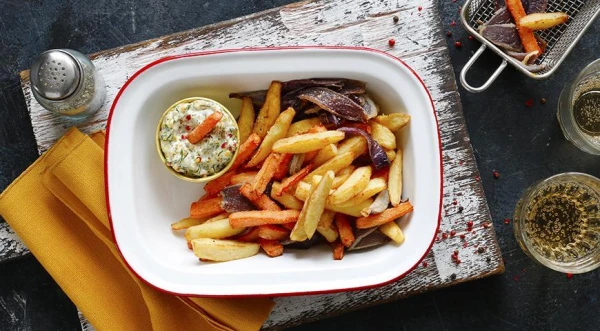
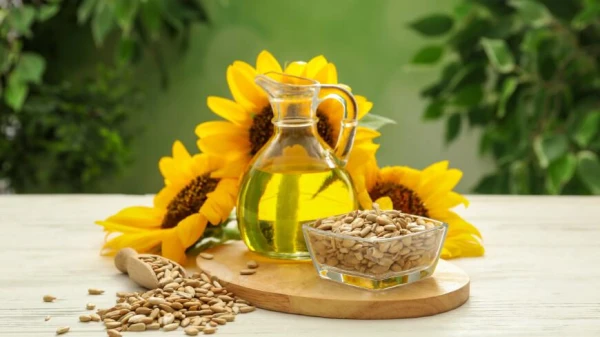
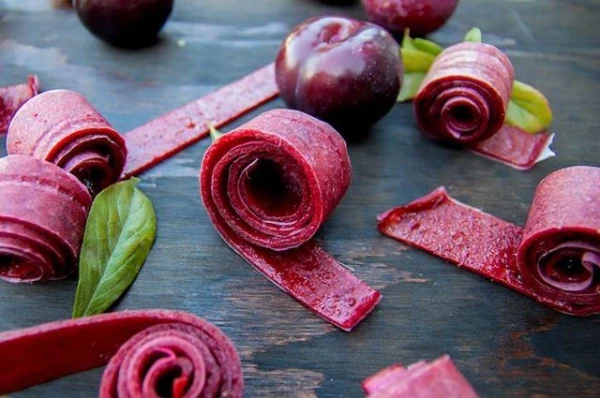
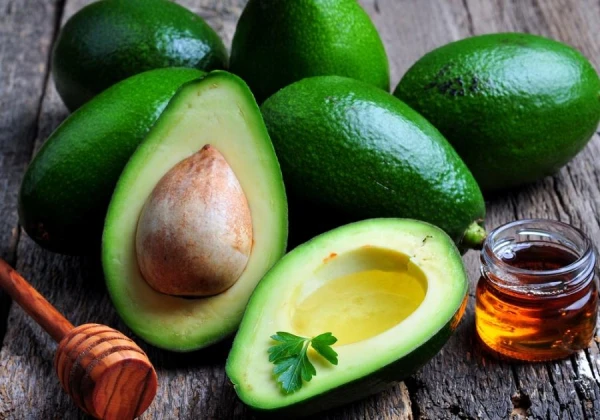


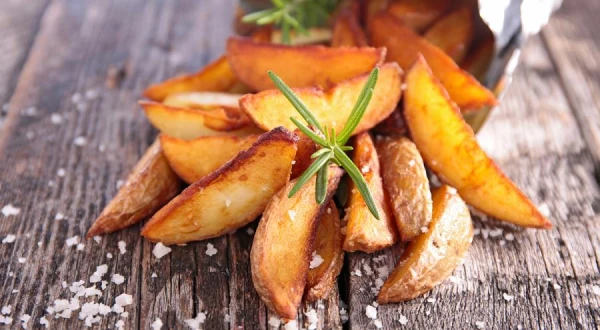






Leave a comment